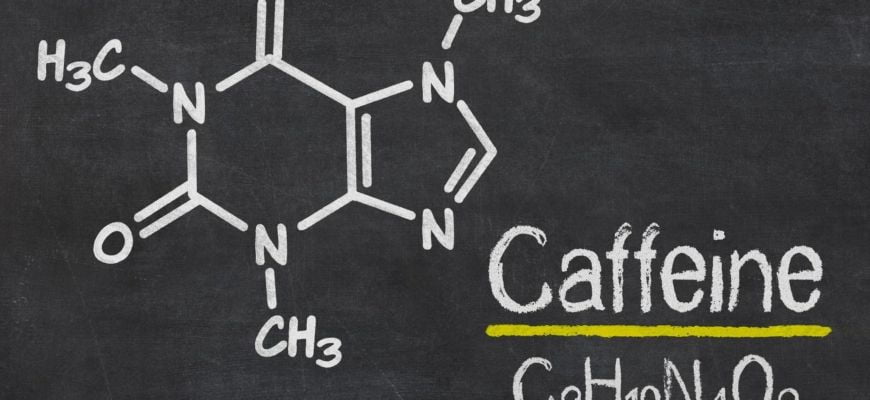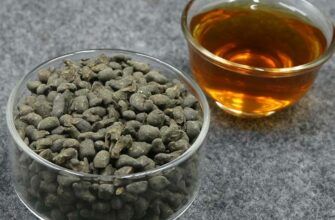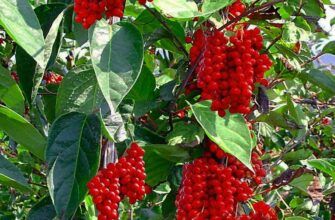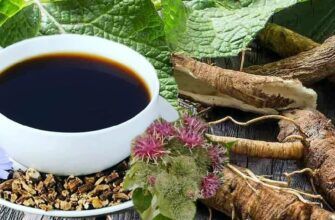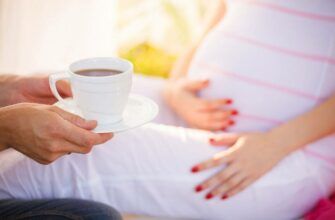Caffeine is odorless, has a bitter taste and is highly soluble in hot water. Caffeine is found in coffee, tea, cocoa, kola nuts, and a variety of other plants.
- What is caffeine and how does it affect the body?
- How much caffeine does a cup of tea contain?
- How can I reduce the amount of caffeine in my cup?
- Know Your Tea
- Color is a bad indicator of caffeine levels
- Find out how much tea you can drink per day
- Avoid tea bags
- Start drinking tea gradually
- Use less welding
- Drain the first infusion
- Drink your tea hot
- Other things you should know
What is caffeine and how does it affect the body?
 The reduction in fatigue that caffeine provides in tea, and caffeine itself, have long been the subject of controversy. Caffeine is a stimulant that has been shown to speed up chemical reactions, increase alertness, and also improve concentration.
The reduction in fatigue that caffeine provides in tea, and caffeine itself, have long been the subject of controversy. Caffeine is a stimulant that has been shown to speed up chemical reactions, increase alertness, and also improve concentration.
Physical effects include secretion of gastrointestinal juices, irritation of the kidneys, and stimulation of metabolism in a way that caffeine may help eliminate toxins. An increase in mental alertness, a reduction in reaction time, and an increase in the efficiency of muscle activity are caused by the stimulation of the heart and respiratory system by caffeine, resulting in more oxygen reaching the brain.
In general, consumption of high doses of caffeine (at least 600 mg/day) has been reported to lead to caffeineism. Caffeinism is a syndrome characterized by feelings of anxiety, restlessness, and sleep disturbance (similar to anxiety). Caffeine can cause anxiety and panic in patients with panic disorder and may exacerbate premenstrual syndrome (PMS).
Some studies have suggested that caffeine may interfere with fetal development, including decreased birth weight of the fetus and contributing to skeletal and other abnormalities. Until children reach the age of seven or eight months, they cannot get rid of caffeine in the body, and traces of caffeine can also be obtained through breast milk. Therefore, pregnant women and breastfeeding mothers should limit or avoid high caffeinated beverages, including tea.
How much caffeine does a cup of tea contain?
The answer is simple: in different ways. There are two main things that affect the caffeine content of a cup of brewed tea: the type of leaf and how the tea is prepared.
First, let's look at the leaf type. On average, tea leaves contain 3% of caffeine, although this number can range from 1.4% to 4.5%. Many factors determine the caffeine content of dry leaves, such as soil chemistry, plantation height, tea plant type, leaf position on the tea plant, and cultivation methods. For example, a young bud and first leaf tend to have slightly more caffeine than leaves picked from the bottom of a tea plant.
Camellia sinensis leaves tend to have a lower percentage of caffeine than Asaam leaves. One factor that does not affect caffeine levels is the level of oxidation. Green, oolong, dark tea and white teas contain caffeine.
Next, let's discuss the method of making tea. There are many parameters that affect caffeine content such as leaf count, particle size, water temperature, and steeping time. For example, tea immersed in hot water for a long time will release more caffeine than tea immersed in cooler water for a shorter period. Small leaf tea contains more caffeine than large leaf tea.
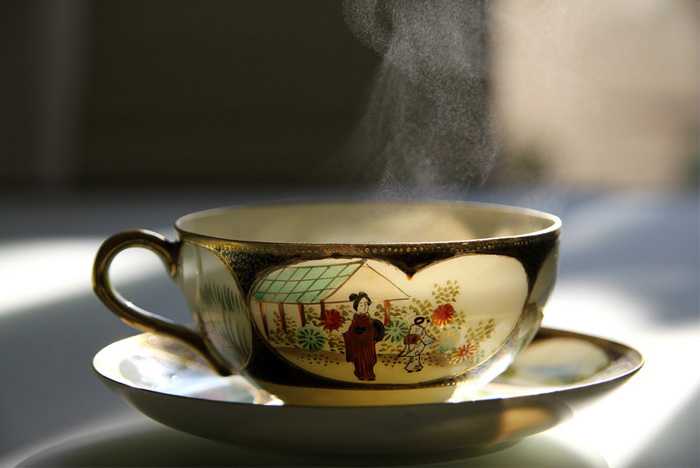
The US Food and Drug Administration provides the following ranges for caffeine per cup of tea:
- Black tea: 23 - 110 mg
- Oolong tea: 12 - 55 mg
- Green tea: 8 - 36 mg
- White tea: 6 - 25 mg
How can I reduce the amount of caffeine in my cup?
For those who are sensitive to caffeine, it is recommended to use slightly fewer leaves and brew your teas with slightly cooler water for a shorter period of time. Green tea, white tea, and lightly oxidized oolong tea are good choices, as they generally benefit from lower water temperatures and shorter steeping times.
Here are some simple and effective ways to enjoy green tea without suffering the side effects of caffeine.
Know Your Tea
The younger the tea leaves, the more caffeine will be released when brewed. The most valuable are the apical buds and the adjacent two leaves, also called "fresh foliage". They are sweeter, but also contain the most caffeine.
Color is a bad indicator of caffeine levels
Gyokuro, the expensive Japanese green tea, contains more caffeine than the cheap Lapsang Souchong black tea. Expensive teas are made from the top buds and two adjacent leaves, which are high in caffeine. But the good news is that it is the sweetest part of the leaf and also contains catechins and theanine (mentioned below).
Find out how much tea you can drink per day
Many experts recommend consuming no more than 300 milligrams of caffeine per day. Compared to black tea, coffee, and soft drinks, green tea can provide a gentle yet constant source of irritation. There are several studies on the common side effects of caffeine such as nervousness and headache. For implementation anti-cancer properties of green tea consumption of 400-500 ml per day is sufficient. If the average cup of tea (200 ml) has 30-60 mg of caffeine, drinking the recommended amount results in 90-105 mg of caffeine per day (much less than 300 mg).
Avoid tea bags
The sachets contain a lot more caffeine - and you will feel some loss in quality as the sachets are less flavorful. Try to buy green tea leaves. You can use the tea three times before discarding, so after you've used the first infusion (as described below), you still have two more cups of green tea to enjoy.
Start drinking tea gradually
One cup of tea can contain 15 to 75 mg of caffeine. The best thing you can do is try it in small doses and control your own reaction. Start with half a cup a day and increase the amount gradually as you observe your response to the increase and adjust your intake accordingly. If you feel calm, know that tea works.
Use less welding
This can be a helpful solution if you suffer from caffeine intolerance. Most people brew about one to two teaspoons of dried tea leaves per cup, you can try cutting back. If as a result the decoction is too weak, increase the amount of tea little by little.
Drain the first infusion
Caffeine dissolves faster than other compounds in tea. Drain the first infusion, as the water absorbs 70% of caffeine within the first five minutes. The length of the first infusion can affect the strength of the second infusion - the longer the first infusion, the milder the next infusion will be, and the lower the caffeine content. Try to calculate the longest brewing time for the first time to keep enough flavor of the tea for your taste.
Drink your tea hot
Green tea contains catechins (antioxidants) and theanine (provides sweetness and freshness), which reduce the activity of caffeine. Brewing green tea allows these molecules to combine with the caffeine in hot water, making the caffeine less effective. If you let the tea cool too much after brewing, the catechins are broken down and more caffeine is released.
Other things you should know
- If you are pregnant or have a medical condition and have been advised to reduce your caffeine intake, please consult your physician before drinking tea on a regular basis.
- Don't overdo it. The caffeine in tea isn't the only thing that may not be healthy in large amounts. Polyphenols, if consumed in excess, can cause damage to the liver and kidneys. Do not drink more than 10 cups a day, and be careful with green tea extracts in supplements as they can contain up to 50 times more polyphenols than one cup of green tea.
